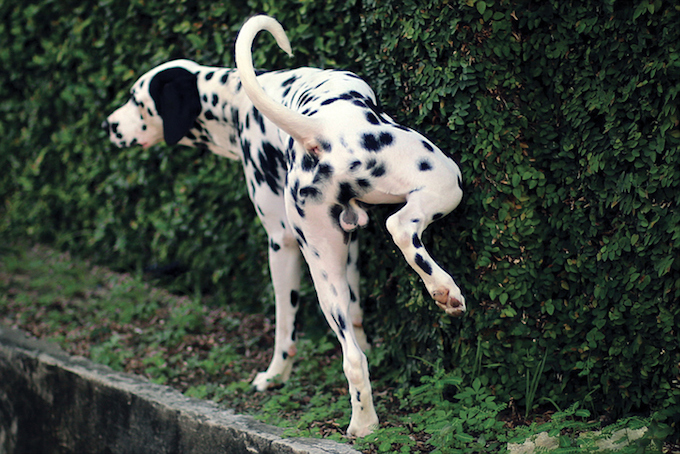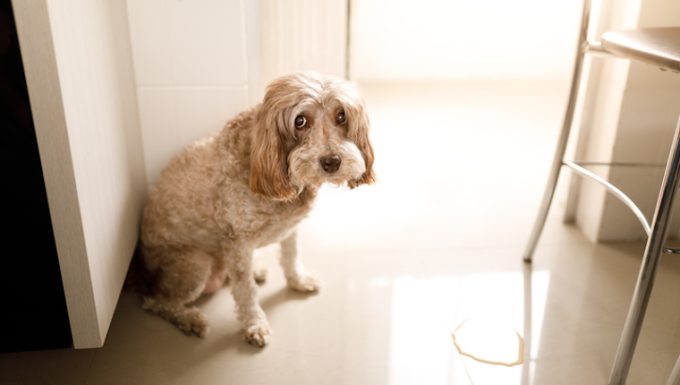Pelvic bladder in dogs happens when the bladder becomes displaced. The condition can cause problems with how a dog is able to pee.
Generally, intact female dogs who are less than a year old seem to develop the condition the most.
Technically, the condition is also known as posterior displacement of the bladder in dogs.
If you see the signs of the condition in your dog, then get to a veterinarian for a proper diagnosis and treatment.
Here’s what you should know about the symptoms, causes, and treatments for the condition.
Symptoms of pelvic bladder in dogs
The condition produces a small range of symptoms. For instance, some of the most common symptoms include:
- Incontinence
- Not being able to pee
- Dribbling pee
- Fever
- Inflammation
- Straining to pee
- Red skin near the belly and tail
Causes of pelvic bladder in dogs

The cause of the condition can be a number of issues. For example, some of the most common causes include:
- Genetics
- Obesity
- Stomach masses
- Lifestyle factors
Additionally, very young intact female dogs seem most at risk of developing the condition.
Treatments for pelvic bladder in dogs
Firstly, your vet will ask about your dog’s symptoms. Secondly, your vet will ask about your dog’s full medical history.
Thirdly, your vet will carry out a full physical examination. Blood and urine tests will be taken. The subsequent results of the tests can show any infections. Additionally, your vet might suggest an X-ray or ultrasound to monitor your dog’s bladder.
Generally, treatment will start by using medication to clear up any infections. As always, if your vet prescribes your dog any medicine, make sure to stick to the correct dose and frequency instructions. Also, complete the full course of medicine.
Additionally, a surgery can help to place your dog’s bladder back in its proper position. Usually, this procedure takes place in hospital. Your dog will need to stay overnight.
While recovering at home, make sure to observe how and when your dog is peeing. Contact your vet if any of the original symptoms seem to be returning.
Have you ever cared for a dog who suffered from this condition? How did your vet help your dog recover? Let us know in the comments section below.









